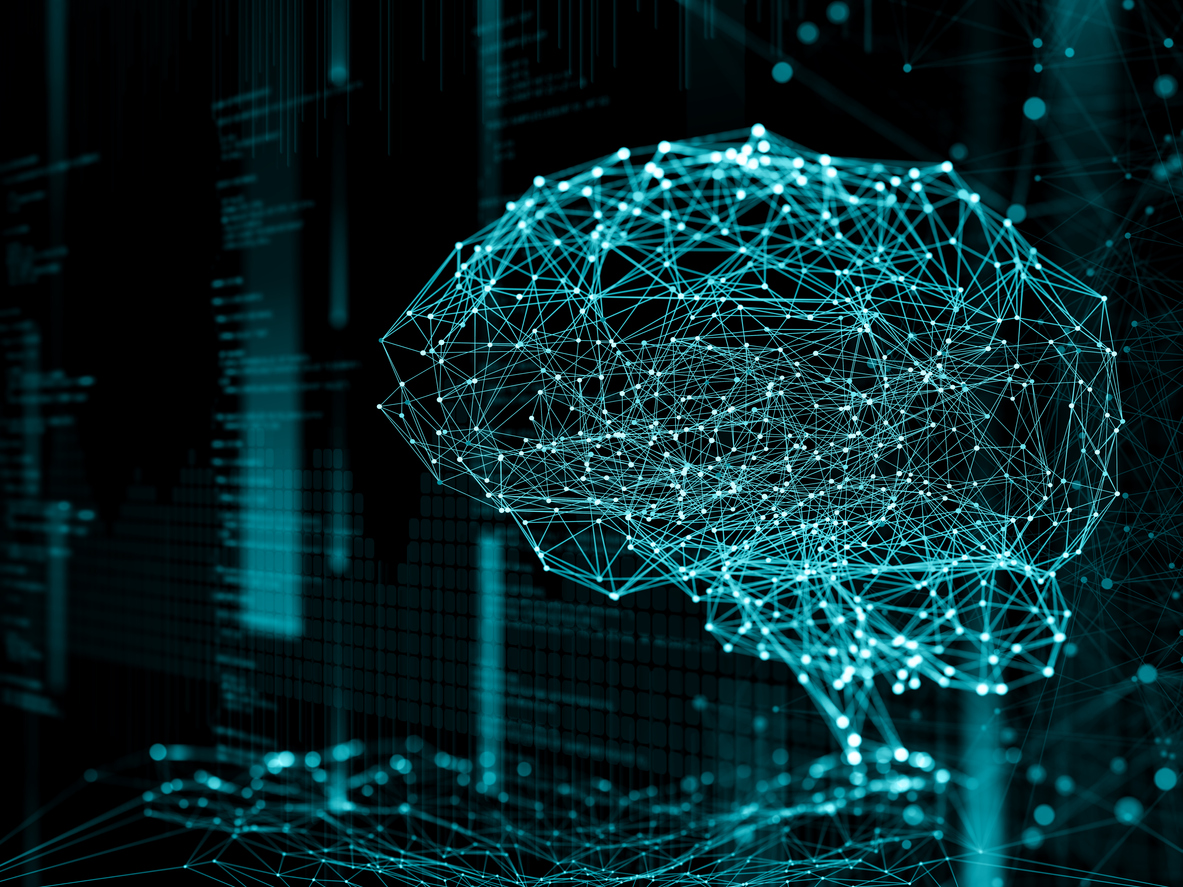Why is migraine still a big mystery to science
Very common especially in women, these intense headaches are still a great medical mystery whose causes are not enlightened. Very common especially in women, these intense headaches are still a great medical mystery whose causes are not enlightened.
Migraines are always related to a “simple headache”, but they are much more. While “normal” headaches can be controlled with a paracetamol or two, a migraine is way more aggressive, sometimes so much severe that it can weaken the physical and mental capacities of the sufferer, as well as affect his day a day. The most mysterious thing is that it does not have a known cause or a fixed treatment but it is always attributed reasons related to hormones or an anomalous brain activity.
The disorder significantly affects women, one in five, unlike men, who only suffer one in 15. This also lacks a definitive explanation, although a study by the University of Arizona conducted in male and female rats suggests that it may be due to the relationship between higher levels of estrogen and lower levels of the NHE1 sodium-proton exchanger. However, this great medical mystery is also augmented by the fact that migraine is one of the illnesses to which less funding goes to.
Most animal studies have been done on male specimens, even though it is more prevalent in the female sex.
“Based on our research, we can say that women are more likely to suffer from migraines because the fluctuations of the most significant sex hormone lead to changes in the expression of NHE1,” says Emily Galloway, one of the authors of the Studio, to the ‘ BBC ‘. Despite the enormous economic costs to the population when it comes to acquiring medicines, scientists continue to receive the lowest public funding to investigate this condition than any other neurological disease in Europe.
When dealing with this condition, it is often affected by a trend observed in other health care research: Most animal studies have been done on male specimens, even though it is the female gender that suffers from it most commonly. As in more medical cases, professionals often underestimate pain in women.
SOME HISTORY
Migraine has a great history behind, being one of the illnesses recorded with greater antiquity. Already in the Egyptian writings of 1,200 before Christ, we can find detailed pains associated to the head: the Greek philosopher Hippocrates wrote about visual alterations and vomiting commonly associated with migraines. However, it´s discovery is attributed to the ancient Greek physician earring of Cappadocia, who accurately described the symptoms in the second century. In fact, the word “migraine” derives from the Latin term “Hemicrania”, meaning “half a skull “.
At the end of the twentieth century, migraine became synonymous of “neurotic housewife” or even “wife”.
In the dark Middle Ages, migraine was soon associated with witchcraft and superstition. Some medical experts recommended trepanation, which meant, skull perforation. This dreadful procedure was commonly used to liberate the evil spirits of people by belief in a supposed demonic possession. Already in the nineteenth century, doctors noted that their range of incidence was more noticeable in women “from the lower classes” whose minds were weak due to daily work, poor sleep, frequent breastfeeding or malnutrition. Thus, the women who suffered them in a habitual manner were labeled as being hysterical and constantly ridiculized, increasing the stigma of the neurosis that still persists today.
“Of course, it was believed that women possessed a much lower capacity for intellectual work and, as a result, their ‘delicate nervous systems‘ could be overloaded, analyses Joanna Kempner, associate professor of sociology at the University of Rutgers. “At the end of the twentieth century, migraine became synonymous with ‘neurotic housewife’; In fact, some dictionaries of synonyms of the time associated the word ‘migraine’ with ‘wife’. One more example of gender inequalities in medicine that have unfortunately lasted and have a hard and difficult discrimination towards the female gender.
MORE THAN JUST A SIMPLE PAIN
There is a notable link between migraines and mental health. Many studies have associated the pain with a wide variety of psychiatric disorders. A study of 2016 found great correlation rates with bipolar disorder; Another research says that sufferers are more than twice as likely to develop a generalized anxiety disorder (GAD); Finally, people with depression are known to have a triple chance of having headache attacks. But there is still another more alarming fact, and one in six patients with migraines has thought about suicide at some point in their lives.
Many neurological experts consider migraine as a benign disease. “It’s not cancer, nor Parkinson”, says Messoud Ashina, a professor of neurology for the BBC. “But if you look at its public and personal impact, it’s a big problem“.
To learn more please visit: https://www.elconfidencial.com/alma-corazon-vida/2018-07-12/migranas-misterio-ciencia-razones_1587662/








